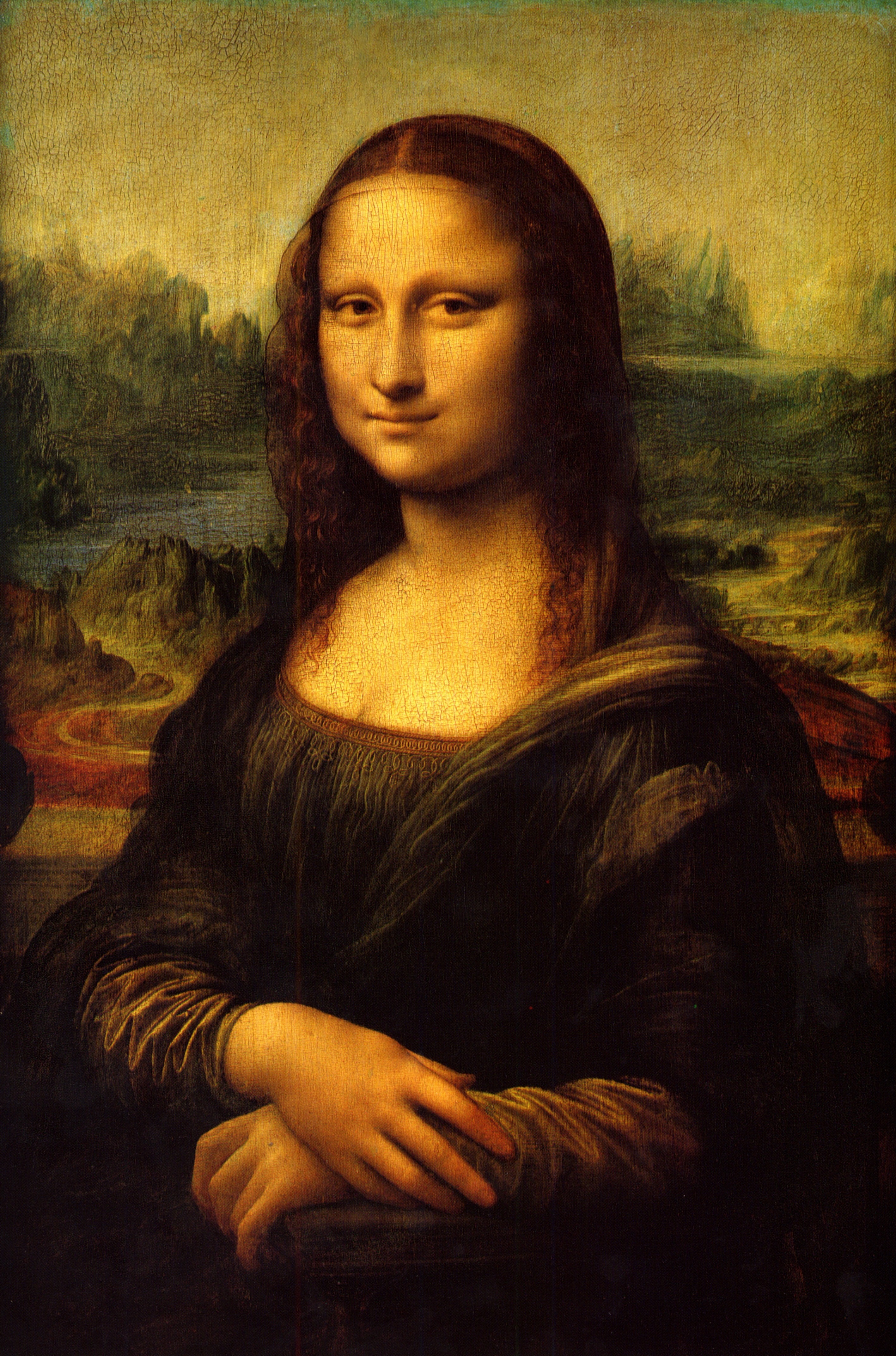The Renaissance, which spanned roughly from the 14th to the 17th century, was a transformative period in European art, culture, and thought. Originating in Italy, it marked a shift away from the religious dominance of the Middle Ages to a more human-centred perspective. This cultural rebirth profoundly changed how art was created and understood, with its influence still visible in the modern world.
What Was the Renaissance?
The word Renaissance means “rebirth,” symbolising the revival of interest in the art, literature, and philosophy of ancient Greece and Rome. Artists of the Renaissance sought to explore human emotion, natural beauty, and perspective with unparalleled precision and creativity. The period was marked by:
- A Focus on Humanism: Celebrating human potential and individuality.
- The Rediscovery of Classical Antiquity: Drawing inspiration from ancient Greek and Roman art.
- Advances in Techniques: Artists developed groundbreaking methods like linear perspective, chiaroscuro (light and shadow), and sfumato (soft blending of colours).
This era redefined art, transforming it into a powerful means of expression and storytelling.
Key Works of the Renaissance
Here are four iconic works that showcase the brilliance of Renaissance art:
1. Leonardo da Vinci – Mona Lisa (1503–1506)
One of the most famous paintings in the world, the Mona Lisa epitomises Renaissance ideals. Leonardo’s use of sfumato creates soft transitions between light and shadow, giving the subject a lifelike appearance. Her enigmatic smile and direct gaze reflect the growing focus on human emotion and individuality.

2. Michelangelo – The Creation of Adam (1512)
This iconic fresco, part of the Sistine Chapel ceiling, portrays God giving life to Adam. Michelangelo’s mastery of anatomy and composition demonstrates the Renaissance emphasis on the human form as a divine and perfect creation. The dramatic tension between the figures captures a moment of profound connection.

3. Raphael – The School of Athens (1511)
This fresco celebrates classical learning, featuring great thinkers like Plato and Aristotle. Raphael’s use of perspective draws the viewer’s eye into the scene, creating depth and balance. The painting symbolises the Renaissance ideal of merging art, philosophy, and science.

4. Botticelli – The Birth of Venus (1485–1486)
This work, depicting the goddess Venus emerging from the sea, celebrates beauty and mythology. Botticelli’s use of flowing lines and harmonious composition highlights the Renaissance’s fascination with classical themes and the idealisation of the human form.

How Did the Renaissance Change Art?
- Perspective
Renaissance artists developed linear perspective, which created the illusion of depth in a painting. For example, Brunelleschi’s studies in architecture influenced works like The School of Athens. - Realism and Anatomy
Artists studied human anatomy to create more lifelike figures. Michelangelo’s sculptures and sketches demonstrate an unparalleled understanding of the human body. - Use of Light and Shadow
Chiaroscuro and sfumato techniques gave artworks a three-dimensional quality, as seen in Leonardo’s Mona Lisa. - Secular Themes
While religion remained important, many Renaissance works also explored secular subjects like mythology, nature, and portraiture.
Why Does the Renaissance Matter?
The Renaissance transformed art into a tool for exploration and innovation. By combining technical skill with a humanistic worldview, it inspired later movements such as the Baroque and Neoclassical periods, as well as modern art. Its emphasis on creativity, curiosity, and the pursuit of knowledge continues to resonate today.
Further Reading
- The National Gallery – Renaissance Art
- The Met – The Italian Renaissance
- Khan Academy – Renaissance Art
The Renaissance wasn’t just a time of great art—it was a turning point in history. Its innovations laid the groundwork for centuries of artistic expression and remind us of the boundless potential of human creativity.
If you would like to receive a roundup of all of our blog posts once a week to keep you inspired in your inbox, why not sign up to our newsletter. You can access our sign up at the top of our page. If you are a London Art College student and you would like your artwork featured here, drop us a line at any time.

